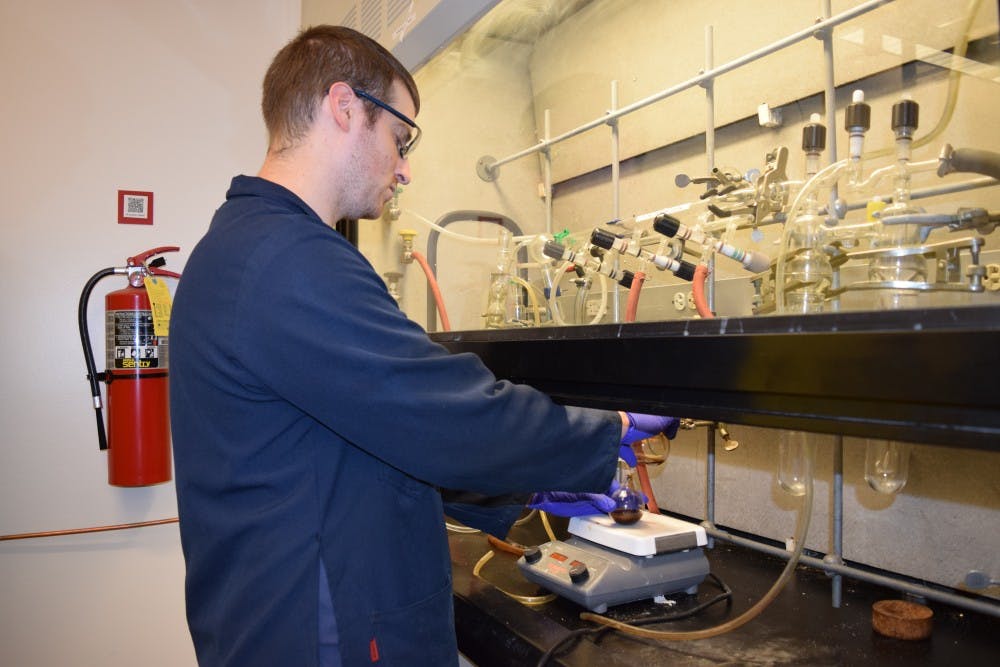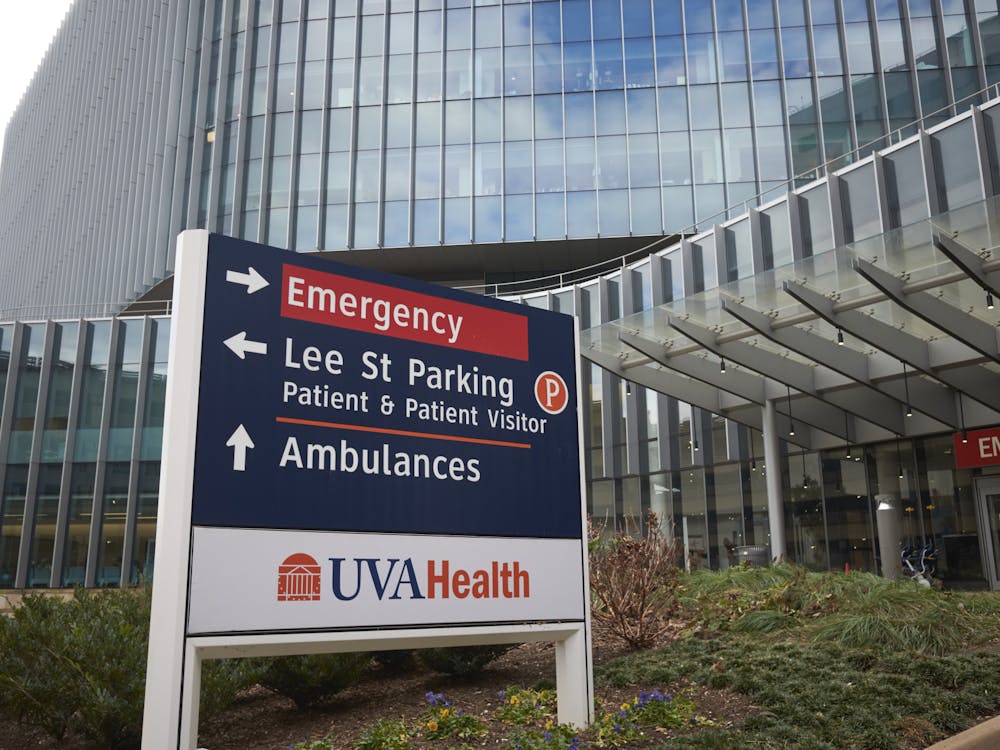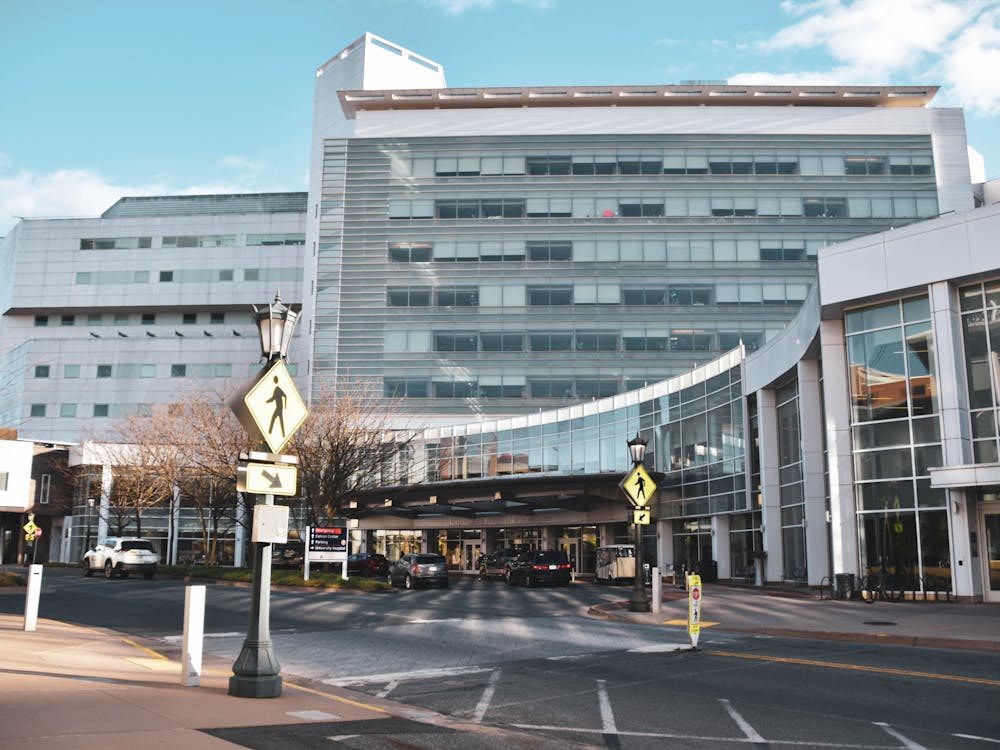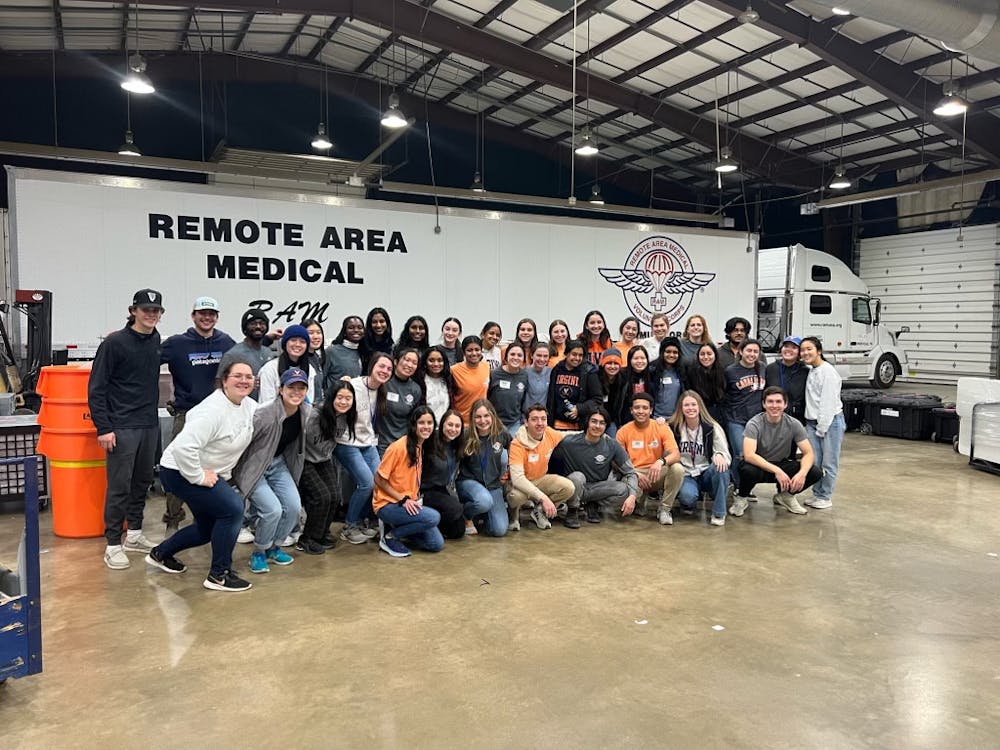With the University’s Green Labs Program, advocates are endorsing environmentally-conscious practices and equipment use. The Environmental Health and Safety Team estimates that there are 1,500 labs at the University, and Green Labs hopes to encourage each one to make adjustments towards a more sustainable work environment.
As part of the University’s 2016-2020 Sustainability Plan, the Office for Sustainability tasked multiple working groups with the responsibility of raising awareness of the importance of being good stewards of the environment. When looking at ways to meet the target of reducing greenhouse gas emissions 25 percent below 2009 levels over the next decade, laboratories were identified as one of the areas with the most room for improvement. Although they only take up 16 percent of the physical square footage on Grounds, laboratories account for 33 percent of the University’s total energy consumption.
In response, the Green Labs Working Group created a Green Labs Program with the goals of updating equipment, educating laboratory occupants about sustainable procedures and physically constructing spaces that enable safe and environmentally-friendly research.
“In sustainability, we really take into account the three pillars, which are environment environment, society and economy,” said Christine Alencar, the Sustainability Outreach and Engagement specialist for Green Labs. “Something that is considered sustainable is beneficial for all three.”
An initiative undertaken by multiple other colleges and organizations — including the University of Colorado Boulder, Harvard University, The University of California, Davis and the Centers for Disease Control — the Green Labs Program brings together students, faculty and staff in an effort to adopt new recycling policies and follow guidelines to become a certified green lab. Alencar and her colleagues that focus on outreach also partner with Sustainability and Energy engineers such as Doug Livingston to institute energy-efficient infrastructure.
“A lot of green labs programs are either very building driven or engagement driven, but with our powers combined, we’ve been able to cover a lot of ground,” Alencar said. “There’s additional credibility behind the program because we can also come at these solutions from both sides. It really is a holistic approach to green labs and I think it’s been very well-received.”
Over the past couple of years, the Green Labs Program began several challenges at the University to engage researchers in competitions that judge laboratories’ abilities to make their workplaces eco-friendly and safe for researchers. For example, after the University’s first Shut the Sash competition in October 2017 — a program that promoted closing the sashes on chemical fume hoods — sash position sensors recorded a 32 percent improvement on sash-position in the Physical and Life Sciences Building alone. In addition, participation in the 2017 North American Freezer Challenge, which asks laboratories to update their cold-storage practices and to raise the temperature for samples from negative 80 degrees celsius to negative 70 degrees celsius, removed three and a half homes’ worth of energy from the University’s carbon footprint.
However, the Green Labs Program does not consist solely of large competitions. Members also focus on gradual shifts in lab practices, such as a recent pilot recycling program that, in response to researchers’ feedback, redesigned signage detailing which lab plastics can or cannot be recycled. On the infrastructure side of things, engineers are working on installing new lights and heating and cooling systems that conserve more energy and testing a new smart timer that connects to Wi-Fi and automatically turns equipment on and off at the same time each day.
“A lot of researchers and labs have equipment that they leave on 24-7,” Livingston said. “There are some things that need to be on all the time to preserve samples, but through our pilot lab programs … We’ve identified different pieces of equipment we can connect to a smart Wi-Fi timer. That way we have them on a schedule where they turn off at night and then turn back on in the morning before people show up.”
Victoria Osinski, a doctoral student and part of the McNamara Lab that conducts cardiovascular research, credited Green Labs with informing her and other lab occupants about ways to reduce energy consumption and waste. According to Osinski, lab participants have generally been open to more efficient and environmentally-friendly procedures and have begun to make changes. She also said that there seems to have been a shift with overall lab culture and views on sustainability.
“Being involved with Green Labs and learning this stuff forces you to be aware of it,” Osinski said. “As I continue to be involved with labs, it’s nice to have that knowledge and to know that you’re saving a little energy and reducing a lot of waste, and now it’s a skill set that I’ll be able to take with me wherever I go next … [The skills] are universal. Every lab can be applying them in one way or another. It’s super valuable.”
Alencar and Livingston said that though some researchers are hesitant about implementing new routines, the questions they ask can be helpful. Alencar said that the difficult questions force Green Labs to provide the most accurate and up-to-date information.
“We want to be certain that whatever we’re suggesting really meets all of the criteria of sustainability,” Alencar said. “The hard questions are the best questions. They really help to build our program.”
Moving forward, Green Labs is looking to expand its presence in labs on Grounds and to promote sustainable machine usage and material disposal, as well as to construct lab spaces oriented towards both energy efficiency and safety. However, Alencar and Livingston pointed out that Green Labs does not expect every lab to alter everything at once. Rather, small adjustments to reuse equipment and conserve energy are what make the biggest difference.
“Each lab is very unique and very specific, and so in creating a Green Labs program, it’s hard to have a one-size-fits-all program,” Livingston said. “One thing I try to stress with people is that let’s just make the changes where we can. We don’t want to hamper research or compromise safety, so let’s not get bogged down by what’s not possible. Let’s focus on what’s possible and make those changes.”
A previous version of this article referred to “sash position sensors” as “fume hood detectors.” The article has been updated to correct this error.





